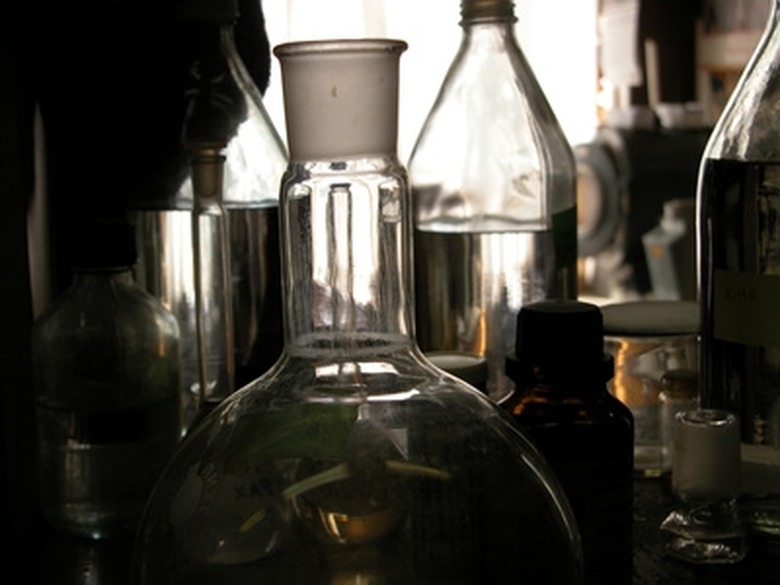Alternative Solvents To Benzene
A solvent is a liquid, solid, or gas used to dissolve another solid, liquid, or gaseous solute for making a solution. Solvents are widely used in dry cleaning compounds, paint thinners, nail polish removers, detergents and perfumes. They are broadly classified as polar and non-polar. Benzene is a non-polar solvent used in the manufacture of such products as polymers and plastics, phenol for resins and adhesives, rubber, lubricants, dyes, detergents, drugs, explosives, napalm, and pesticides.
Cyclohexane
Cyclohexane
Cyclohexane is a colorless flammable liquid. It is a non-polar solvent like benzene, which means it is insoluble in water and soluble in non-polar substances such as:
- alcohol
- ether
- acetone
- benzene
- ligroin
It is manufactured by reacting benzene with hydrogen. It is a major raw material for producing adipic acid and caprolactum. Cyclohexane is also used in electroplating, rubber manufacturing, and in the production of varnish solvents.
Heptane
Heptane
Heptane is used in laboratories as a non-polar solvent; it can be an effective replacement for benzene. It is commercially available for use in paints and coatings and as a rubber-cement solvent. It is similar in characteristics to hexane but does not present the environmental and health concerns associated with hexane. It is used as a solvent in electroplating, liquid chromatography, printing and flexography.
Toluene
Toluene
Toluene is a clear, water-insoluble non-organic solvent with the typical smell of a paint thinner. It is capable of dissolving a number of inorganic chemicals such as sulfur and occurs naturally as a component of crude oil. It is commercially produced in petroleum refining because it is a major constituent of gasoline. Toluene also is used in household aerosols, nail polish, paints and paint thinners, lacquers, rust inhibitors, adhesives and solvent-based cleaning agents. It is widely applied in printing operations and leather tanning.
Other Solvents
Other Solvents
There are many other non-polar solvents that can be used as alternatives to benzene: pentane, cyclopentane, 1,4-dioxane, chloroform and diethyl ether. Pentane is relatively inexpensive and is often used in the laboratory as solvent that can be easily evaporated. Cyclopentane is employed in the manufacturing of synthetic resins and rubber adhesives. Chloroform is used as a solvent because it is miscible with organic liquids and is highly volatile. It is used as a solvent in the pharmaceutical industry and for producing dyes and pesticides.
References
- Green Media Toolshed: Toluene Industrial Uses
- U.S. Environmental Protection Agency, Office of Pollution Prevention and Toxics: Chemical Summary for Toluene
- Reed Business Information Limited: Cyclohexane Uses
- U.S. Environmental Protection Agency, Office of Pollution Prevention and Toxics: Chemical Summary for Cyclohexane
Cite This Article
MLA
Rakesh, Vaibhav. "Alternative Solvents To Benzene" sciencing.com, https://www.sciencing.com/alternative-solvents-benzene-8074379/. 24 April 2017.
APA
Rakesh, Vaibhav. (2017, April 24). Alternative Solvents To Benzene. sciencing.com. Retrieved from https://www.sciencing.com/alternative-solvents-benzene-8074379/
Chicago
Rakesh, Vaibhav. Alternative Solvents To Benzene last modified March 24, 2022. https://www.sciencing.com/alternative-solvents-benzene-8074379/
